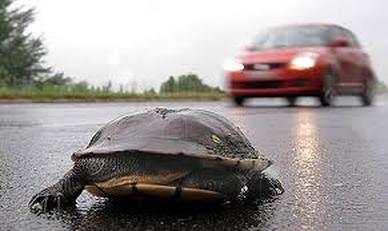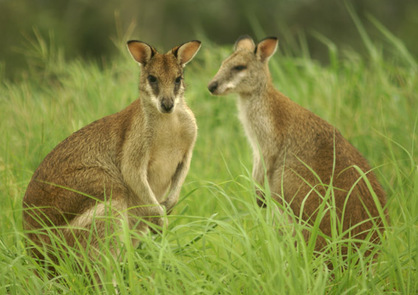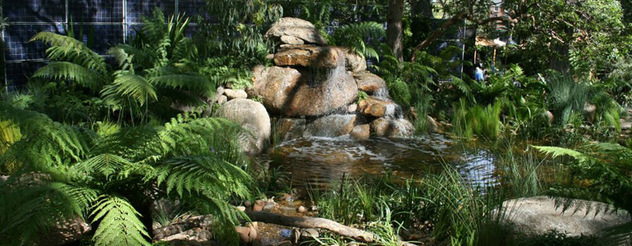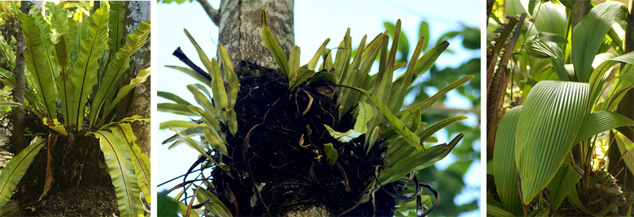
Shrubs whose branches sweep the ground, soft mulch that will also attract insects (frog food) and provide safe hidey-holes, cool holes in tree roots, shady places where moisture can linger and they can hide, all these frogs love.

Even tufts of grass left along the edges of the lawn, or substituting mondo grass, for example, for the mown variety, will endear one to frogs, they just don’t want their home to be too tidy, too hot and exposed or too closely manicured. I have been told leaving a light on in the garden will provide food for frogs, because this will attract insects, but this may also attract frog predators of which there are many. Predation is the name of the game in the wild world.
At Wildwatch, during the dry weather, we put out out big shallow bowls filled with water in strategic points in the garden for frogs and birds and this works well, but always remember if in town, use water that has been allowed to stand in the sun to evaporate the chlorine. Frogs are very susceptible to such chemicals which can prove fatal for them.

Due to the roads camber, the roadside grass is blessed with any runoff from slight showers or heavy dew, so with dry grass elsewhere this grass can seems particularly succulent.

If accidents do occur and the victim – animal or bird – is injured, please contact the veterinary surgery or a wildlife carer.
See below for the number of Mission Beach Wildcare, which covers the Cassowary Coast area.




